Self-employed people need to save for retirement, and a tax-advantaged retirement plan is the best way to accomplish this. Designed for the self-employed, the Simplified Employee Pension (SEP-IRA) and the Solo 401(k) are relatively easy to set up. Both plans offer tax-deductible contributions, enabling you to cut your taxes and get tax-deferred growth. Another plus: you can still reduce your 2014 federal income taxes because either plan allows you to contribute up until your tax-filing deadline, including the six-month extension. If you got an extension and haven’t filed your return yet, you have until Oct. 15 to make 2014 contributions to your plan. However, while a SEP-IRA can still be established up until Oct. 15, those who wish to make a profit-sharing contribution to a Solo 401(k) must have established the plan by Dec. 31, 2014.
Which plan is the one for you? The main features and the pros and cons of each are listed in Physician’s Money Digest, “Self-Employed Can Still Cut 2014 Taxes with a Retirement Plan.”
An SEP-IRAis similar to a traditional IRA in that the investment earnings grow taxed-deferred until they are withdrawn. However, a self-employed individual can save and deduct much more than the $5,500 ($6,500 if 50 and over) for contributions to a traditional IRA. SEP-IRA contribution limits are calculated as the lesser of 20% of net business income or $52,000 for 2014, $53,000 for 2015.
A Solo 401(k) is for self-employed individuals with no employees. Your spouse is not included in the employee count and is permitted to contribute to the plan if he or she is employed by the business. This 401k can be structured as a traditional 401(k) or as a Solo Roth. The maximum 2015 contribution is $53,000 or $59,000 for those 50 and older. The contribution includes (i) an annual employee deferral up to 100% of compensation or earned income for a self-employed individual (to a maximum of $18,000 and $24,000 if 50 or older), which allows some to contribute more to a Solo 401(k) than to a SEP-IRA; and (ii) an employer discretionary contribution of up to 25% of compensation as defined by the plan or 20% of earned income for a self-employed individual.
One advantage a 401(k) offers over an IRA is that you can borrow from a 401(k). If you opt for Solo Roth 401(k), there’s no deduction, but withdrawals are tax-free if you wait until you’re 59½. The plan lets you save much more than a Roth IRA. Another advantage for the Solo Roth 401(k) is that contributions aren’t subject to income limits (unlike the Roth IRA).
Which is better… a Roth or traditional IRA?It depends on many factors. If you expect to be in a higher tax bracket in the future, the Roth version may make more sense, but if your current tax rate is low, it might be better to forgo a deduction now in order to withdraw money tax-free when you’re in a higher bracket in the future. What’s nice is that it doesn’t have to be an “either-or” proposition: you can have both traditional and Roth 401(k) plans and divide contributions between them.
For most self-employed individuals, the SEP-IRA may be a better choice than a traditional IRA because the contribution limits are much higher. Also, deductions for traditional IRA contributions are limited by income for participants who are covered or whose spouse is covered by a retirement plan at work.
Talk to a qualified estate planning attorney to see how these IRA options may fit into your strategy.
Reference: Physician’s Money Digest (August 27, 2015) “Self-Employed Can Still Cut 2014 Taxes with a Retirement Plan”
Published on: 09-Sep 17, 2015
